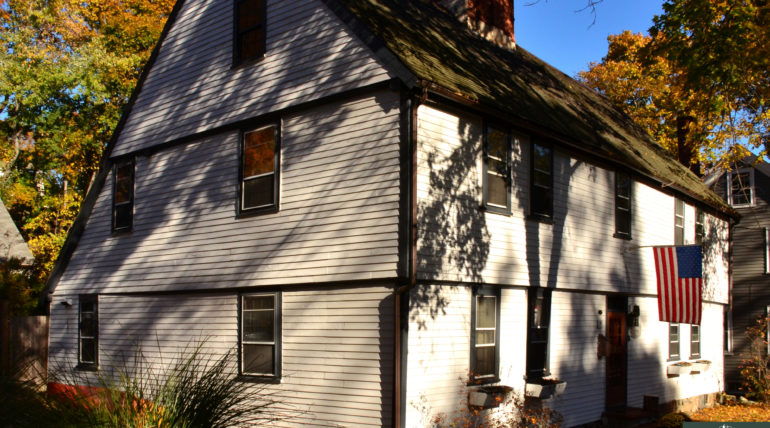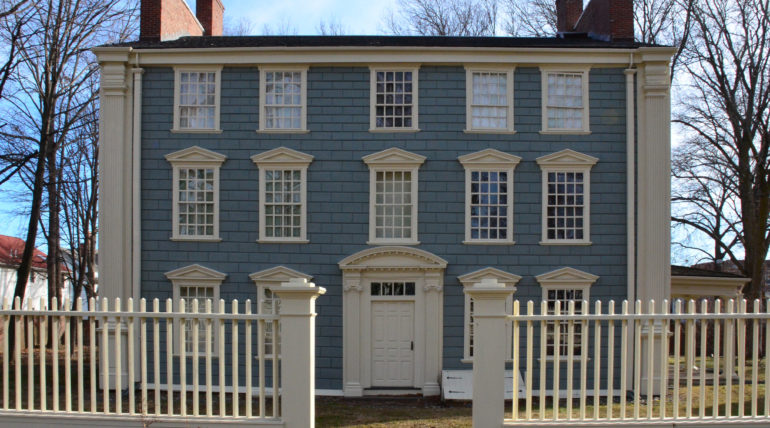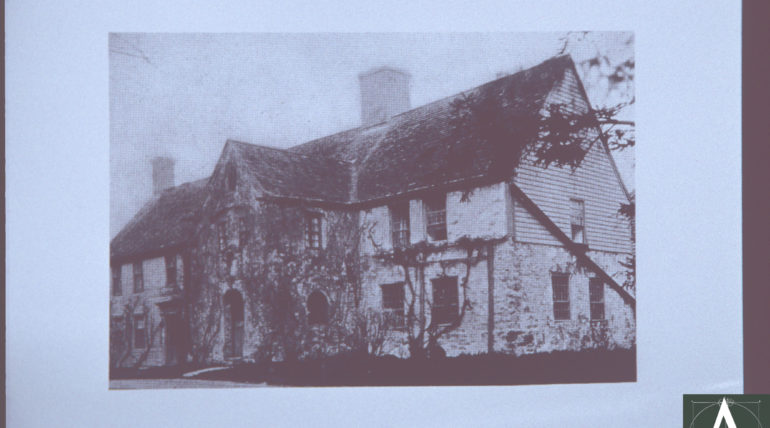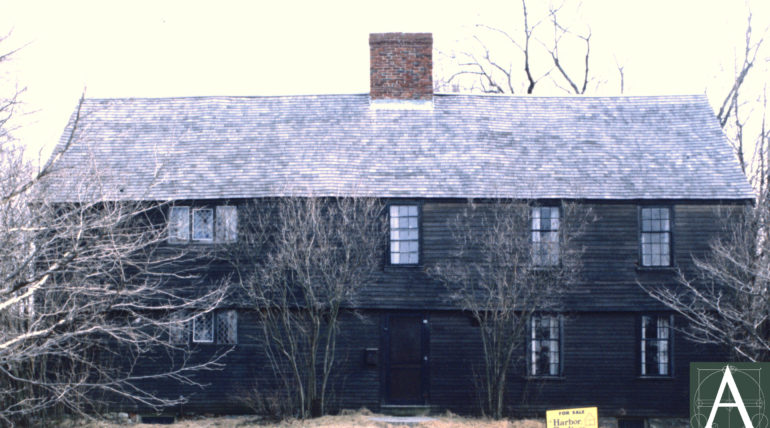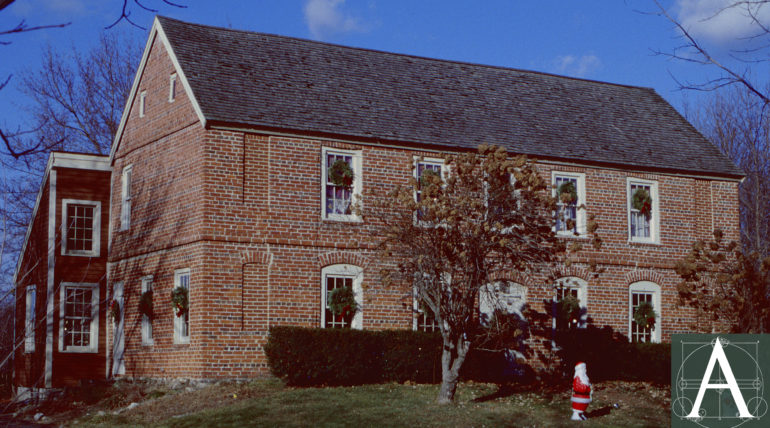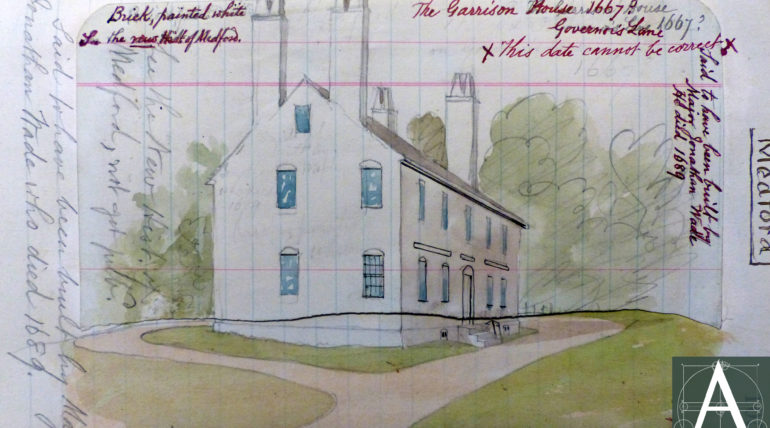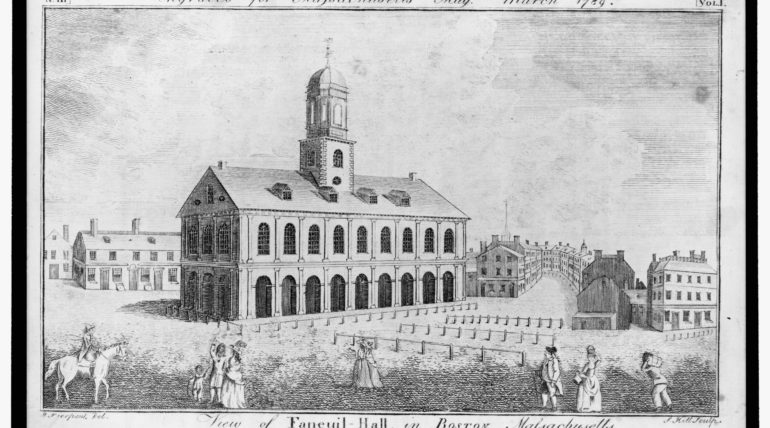
Faneuil Hall
In addition to its significant social and political history, Faneuil Hall has a complex architectural history. The building was constructed as a market hall in 1741-42. Based upon information contained in an 1806 report from Charles ...

